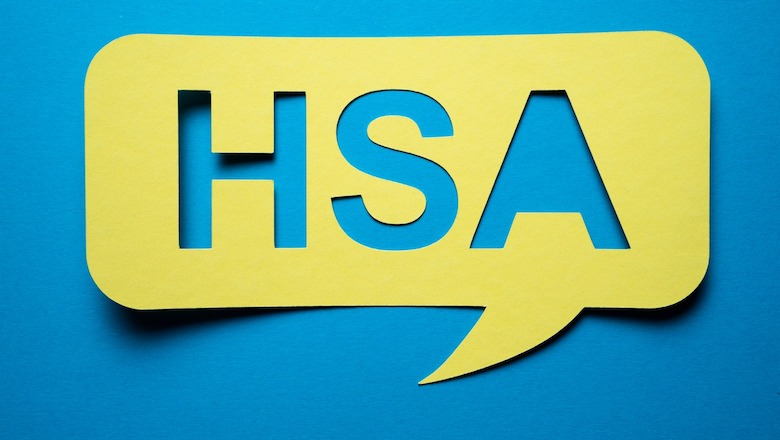
A Health Savings Account (HAS) coupled with a high-deductible health plan can be a powerful tool for funding medical expenses on a tax-advantaged basis. For 2022, individuals with self-only coverage can make tax-deductible contributions to an HAS of up to $3,650 ($7,300 for family coverage). These limits are increased by $1,000 for individuals aged 55 or older.
When an employer establishes an HAS and contributes on an employee’s behalf, the employer gets the tax deduction. And the employer’s contribution isn’t considered taxable compensation for the employee.
Accountholders can withdraw funds tax-free to pay qualified medical expenses. Once you reach age 65, you can withdraw funds penalty-free for any purpose (though if the funds aren’t used for qualified medical expenses, they’ll be subject to tax).
But there’s also a “hidden” advantage of HSAs that many people overlook: These accounts can play a helpful role in your estate plan. HSAs have an advantage over traditional IRAs and 401(k) plans in that they’re not subject to required minimum distributions at age 72.
This means, to the extent you don’t use the account for medical expenses, the account can continue growing on a tax-deferred basis indefinitely – providing valuable future benefits for your loved ones.
If your spouse inherits the account, it will be treated as his or her own HSA. If someone else inherits it, the HSA will terminate and the recipient will be taxed on its value, less any qualified medical expenses of the decedent paid by the transferee within one year after the date of death.
